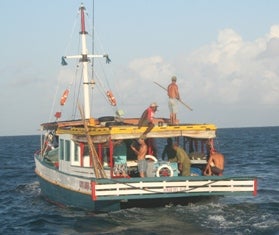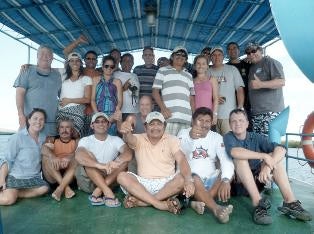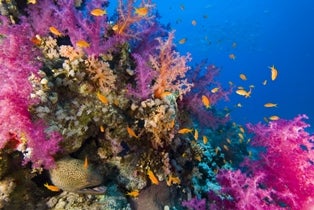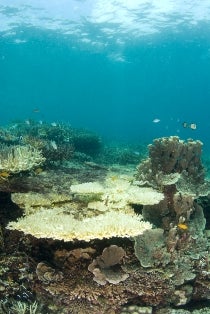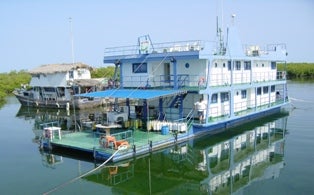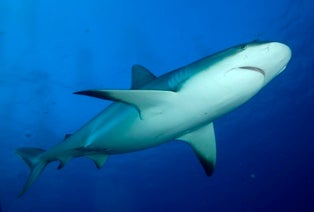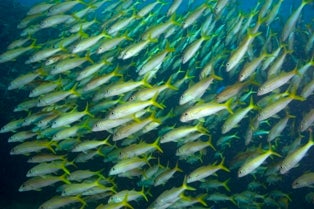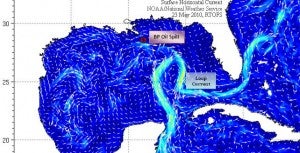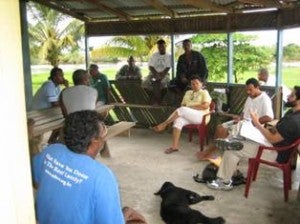Sharks, sea turtles, birds, and fish know that the U.S., Mexico, and Cuba are all part of a huge, interconnected ocean ecosystem. They routinely traverse the artificial boundaries that humans have created in order to go about their business. Now, fishermen, scientists, conservationists and fishery managers have begun doing the same. For the first time, they crossed those same boundaries in order to learn from each other on boats in Cuba’s beautiful Gulf of Batabano and in meeting rooms on the remote Isle of Youth.
In April, EDF’s Cuba Program teamed up with the University of Havana’s Center for Marine Research, Mexico’s Communidad y Biodiversidad, and the Havana office of the World Wildlife Fund to pull off this unprecedented exchange.
We spent the first four days in a “floating workshop” aboard a research vessel and commercial fishing boats–where we fished, dived, talked, and got to know each other. The bonding experience on the boats made the traditional workshops on land (in a conference room full of PowerPoint presentations) much more productive.
The Cubans welcomed us with open arms and appreciated the chance to exchange ideas. Cuban lobster fishermen told us how to design fishing gear that is more effective and habitat-friendly. We learned how Cuban “bonito” boats pursue black fin tuna without the use of sonar or other fish-finding technology. Instead, Cuban fishermen scout the horizon for frigate birds and sea gulls that are following tuna and sharks; the fishermen then circle the schools of feeding fish, chum the water with live sardines, and drop in their lines. Catching 20 lb tuna with the Cubans —using 10-foot bamboo rods—was thrilling and made us feel a bit like Hemingway.
We also got a first-hand look at Cuba’s impressive efforts to expand its network of marine protected areas along the ecologically rich southern coast. These marine and coastal parks are vital in protecting some of the region’s healthiest and most productive coral reefs, mangrove forests, and sea grass beds. One Cuban scientist explained how a marine protected area in the Gardens of the Queen National Park (off the south central coast) has resulted in increased populations of fish outside its boundaries.
The Cuban fishermen we met with are eager to find new ways to manage and sustain marine fish stocks and secure a bright future for fishermen and fishing communities. They were impressed with fishermen-led efforts in the U.S. and Mexico to rebuild fish populations and protect coral reefs. They were keenly interested in the successful use of fishermen cooperatives and other fishery management approaches in Mexico, the U.S. and elsewhere. Many follow-up actions are planned to build on the momentum built during this exchange.
Cuba, Mexico and the United States are ecologically connected. We share not only the Gulf of Mexico, but also the waters and marine life of the Caribbean and Atlantic Oceans. Buoyed by the success of this exchange, we plan to hold future exchanges that will help the countries work together to protect common resources and to confront shared problems.











